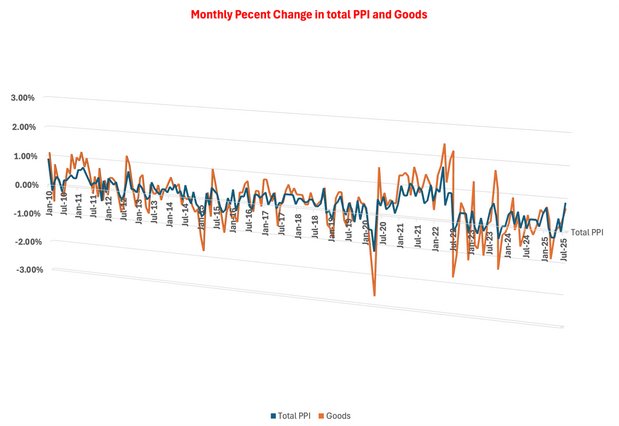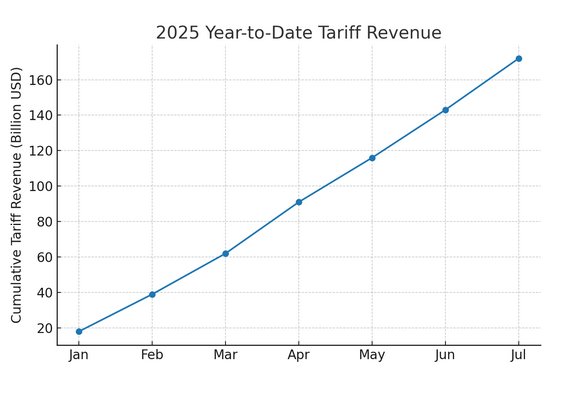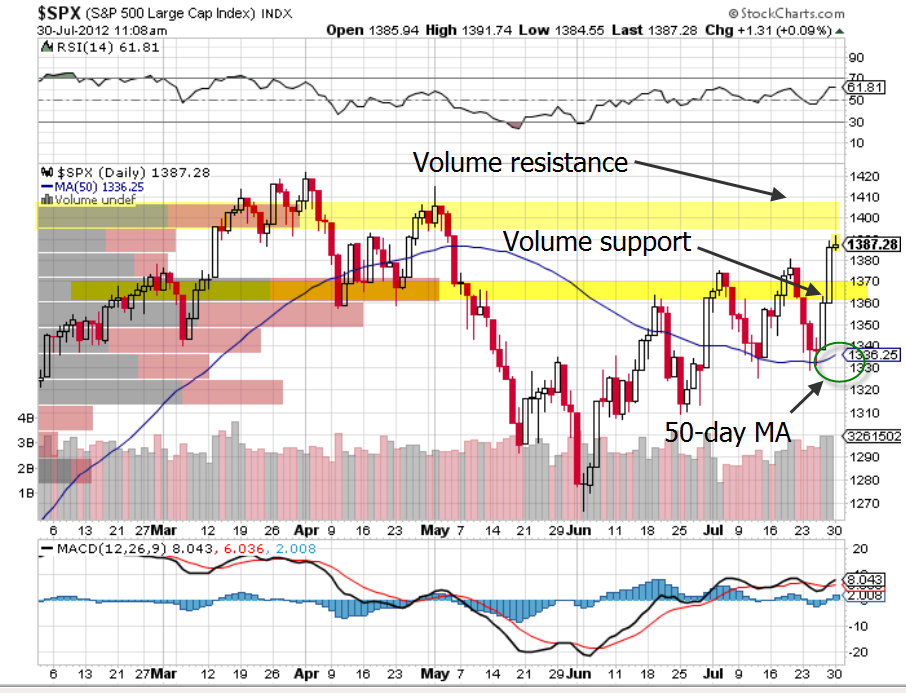By: Sreeni Meka, Principal Executive Officer of Lakeland Wealth Management LLC
The latest Producer Price Index (PPI) report confirms that producer prices have been trending higher since the April tariff announcements. In July alone, tariffs totaled $29 billion, bringing the year-to-date figure to $152 billion.
According to the Bureau of Economic Analysis:
- In the prior year, the U.S. imported $3.3 trillion in goods and exported $2.1 trillion, resulting in a goods trade deficit of $1.1 trillion.
- When including services, total exports were $3.2 trillion, imports were $4.1 trillion, and the combined trade deficit stood at $0.9 trillion.
Historically, U.S. average tariffs were 2.3% at the end of 2024. They have since increased sharply to 18.6%. This increase directly impacts U.S. firms, raising the cost of everyday products. If the current trend continues, the burden on American importers could range from $590 billion to $760 billion in tariff costs.
From a policy perspective, free-market advocates view tariffs as government intervention that distorts resource allocation and slows economic growth. However, offshoring of manufacturing and services by U.S. companies over past decades eliminated many labor-intensive jobs domestically, fueling political support for protectionist measures.
Some tariff policies address legitimate concerns—such as reducing dependence on critical imports like rare earth materials and active pharmaceutical ingredients (APIs)—and can help promote domestic capacity in strategic sectors. However, broad-based tariff increases, particularly from 2% to a minimum of 10%, and in some cases up to 50% (e.g., on Indian imports), will have a significant downstream impact on consumer goods prices. These effects typically appear first in the PPI and eventually filter into the Consumer Price Index (CPI). This pattern was evident in recent years when supply chains were constrained, and U.S. buyers were reliant on Chinese suppliers, driving up both producer and consumer prices.
The inflationary effect is not abstract—consider the cost of dining out now versus five years ago. Tariffs tend to benefit a limited set of domestic producers in relatively small, less-efficient sectors such as metals and textiles, while disproportionately impacting lower-income households.
Unlike income taxes, which are progressive, tariffs function like a sales tax—affecting all income levels equally and hitting lower-income consumers harder.
On the positive side, excess tariff revenue collected from importers could help reduce the federal budget deficit. The challenge for policymakers is balancing these fiscal benefits against the broader economic costs to consumers and long-term growth.

Source/ author: Sreeni Meka

Source/ author: Sreeni Meka
Originally published on August 14, 2025 by Lakeland Wealth Management LLC
PHOTO CREDIT: https://www.shutterstock.com/g/zimmytws
VIA SHUTTERSTOCK
DISCLOSURES
Investing involves risk, including the possible loss of principal. Diversification does not ensure a profit nor guarantee against a loss.
Lakeland Wealth Management LLC is a registered investment adviser. Lakeland Wealth Management LLC provides data to Interactive Advisors pursuant to a licensing agreement. Lake Wealth Management LLC does not provide investment advice to Interactive Advisors or Interactive Advisors clients.
This material represents an assessment of the market environment at a specific point in time and is not intended to be a forecast of future events, or a guarantee of future results. This information is not intended to be individual or personalized investment or tax advice and should not be used for trading purposes. Please consult a financial advisor or tax professional for more information regarding your investment and/or tax situation.



